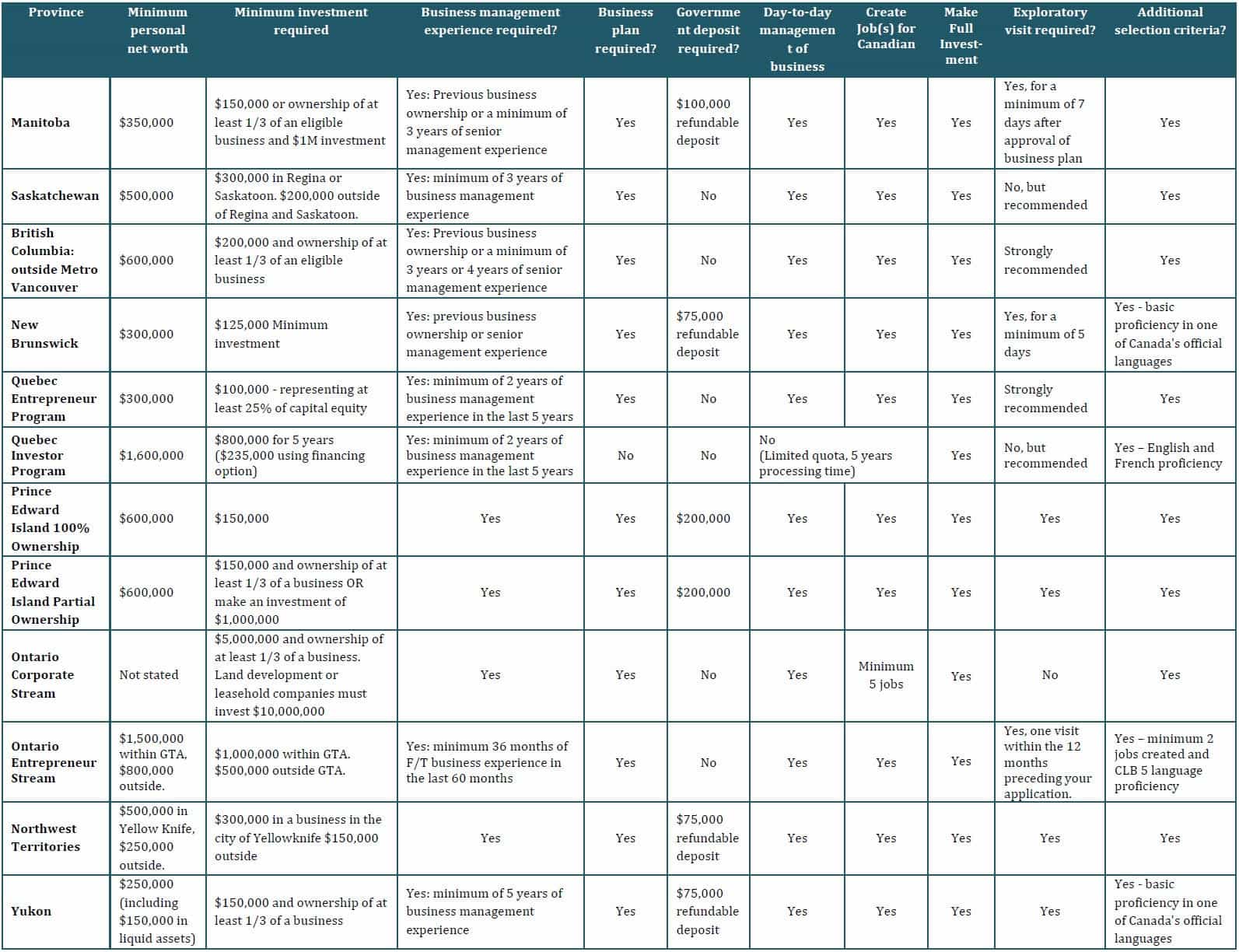Six more regions added to low-wage LMIA processing freeze starting October 10
The federal government has released its next quarterly list of census metropolitan areas (CMAs) in Canada where low-wage Labour Market Impact Assessments (LMIAs) will not be processed.
In total 32 CMAs have been listed as regions where LMIAs will not be processed this quarter. This is an increase from the previous quarter of the year (July 11 to October 9), when only 26 regions were listed.
Starting October 10, regions such as Peterborough, Ontario, will begin processing low-wage LMIAs, while regions such as Guelph, Ontario, and Winnipeg, Manitoba, will stop processing low-wage LMIAs until the list is updated once more.
Schedule a Free Work Permit Consultation with the Cohen Immigration Law Firm
LMIAs are needed for the issuance of work permits under the Temporary Foreign Worker Program (TFWP).
In August 2024, the government announced that it would stop processing LMIA applications under the low-wage stream of the TFWP for CMAs with an unemployment rate of 6% or higher.
Since then, the federal government has been releasing a quarterly list of CMAs with their unemployment rates so that foreign workers know which regions will not process low-wage LMIAs required for work permits.
Which CMAs were added to the list, starting October 10?
Guelph, Ontario
Greater Sudbury, Ontario
Winnipeg, Manitoba
Regina, Saskatchewan
Lethbridge, Alberta
Red Deer, Alberta
Kelowna, British Columbia
From October 10 to January 8, 2026, LMIAs under the low-wage stream of the TFWP from these regions will not be processed.
Which CMAs were removed from the list starting October 10?
Peterborough, Ontario
From October 10 to January 8, 2026, LMIAs under the low-wage stream of the TFWP from this region will be processed.
Full list of CMAs ineligible as of October 10
Census metropolitan area (CMA) Unemployment rate
St. John’s, NL6.8
Halifax, NS6.1
Moncton, NB7.3
Saint John, NB7.3
Fredericton, NB6.7
Montréal, QC6.7
Ottawa-Gatineau, ON/QC7.7
Kingston, ON6.6
Belleville – Quinte West, ON6.6
Oshawa, ON9.5
Toronto, ON9.5
Hamilton, ON7.6
St. Catharines-Niagara, ON7.0
Kitchener-Cambridge-Waterloo, ON7.4
Brantford, ON9.4
Guelph, ON9.2
London, ON7.0
Windsor, ON11.3
Barrie, ON7.5
Greater Sudbury, ON7.0
Winnipeg, MB7.3
Regina, SK6.8
Lethbridge, AB8.5
Calgary, AB8.0
Red Deer, AB8.7
Edmonton, AB9.0
Kelowna, BC6.0
Kamloops, BC8.6
Chilliwack, BC7.8
Abbotsford-Mission, BC8.1
Vancouver, BC6.8
Nanaimo, BC9.7
The next update to this list will come on January 8, 2026.
What can I do if a position is in a CMA with an unemployment rate above 6%?
Both employers and employees should check the unemployment rate of the CMA where the role is located before submitting an application.
For employers
If an employer wishes to hire a foreign worker under the TFWP of a CMA with an unemployment rate 6% or higher, they can increase the wage, so that the position falls under the high wage stream of the TFWP. For a position to fall under the high-wage stream of the TFWP, the wage being offered must be at or above the provincial or territorial median hourly wage for the occupation and location where the employee will be working.
Another option is to wait three months in case there is a change to the unemployment rates of the CMA where the role is located.
For foreign nationals
Those looking for jobs under the low-wage stream of the TFWP can focus their job hunt on occupations that are exempt from this refusal to process measure.
This includes:
Occupations under primary agriculture;
Positions in construction;
Positions in food manufacturing;
Positions in hospitals;
Positions in nursing and residential care facilities;
Specific in-home caregiver positions;
Positions in support of permanent residency only (no application for work permit; and
Short duration (120 calendar days or less) that also meet specific criteria.
Foreign nationals can also focus their job hunt on CMAs where low-wage LMIAs are still being processed.
Foreign workers on low-wage TFWP work permits who lose status because their work permits cannot be extended must stop working. They may apply for a visitor record to remain in Canada as a visitor, if they wish.
How do I check which CMA a role is located in?
Here is how you can determine whether a role falls into a CMA that processes or does not process low-wage LMIAs:
Enter the full postal code of the work location in the Census of Population search;
Check the “Census metropolitan area / Census agglomeration” result on the Geography search results page:
If this level isn’t listed, your application is still eligible.
If it shows Census agglomeration, your application is still eligible.
If it shows Census metropolitan area (CMA), you can check if the CMA is listed in the above table. If it is, your application will not be processed for the next three months.
Schedule a Free Work Permit Consultation with the Cohen Immigration Law Firm















